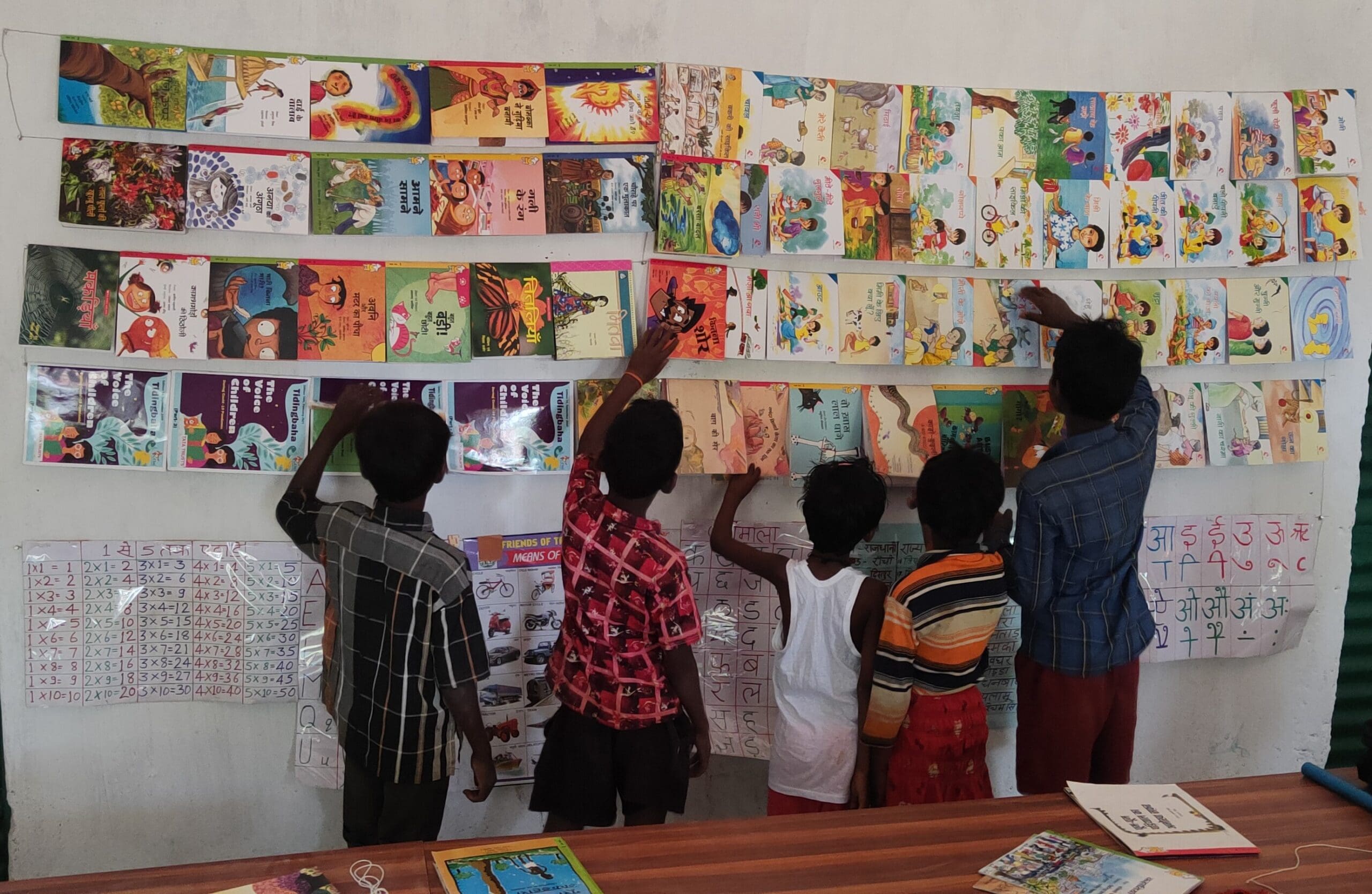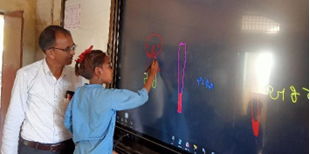India’s strides in technology, reaching for the stars, are undeniable. Yet, a reality still persists – a significant portion of the population, particularly in remote areas, grapples with a stark “technological gap” hindering access to necessities.
While smartphone and internet penetration has increased significantly over the last decade, achieving true inclusivity remains a challenge. This requires:
Localized Solutions: Digital products must cater to regional languages and offer user interfaces accessible to those with limited literacy.
Gender Sensitivity: Ensuring internet products are safe and accessible for women and children is crucial.
Addressing these issues at an accelerated pace is vital to bridge the digital divide in India. Additionally, recognizing the rapid tech-adoption among youth presents a powerful opportunity. CInI’s education team is actively bridging this gap by equipping students in tribal regions with the necessary exposure.

In Danta block, Banaskantha district, Gujarat, ten public schools have been transformed with the creation of smart classrooms. This initiative, involving the installation of 75 Interactive Flat Panels (IFPs), aims to provide rural students with access to advanced digital tools, similar to their urban counterparts.
Beyond equipment, CInI prioritizes continuous training for teachers and staff on utilizing IFPs and other digital tools effectively. This fosters a more engaging learning environment for over 4,000 primary school students currently benefiting from the program. CInI’s vision extends to reaching an additional 4,000 students within the next two years.

CInI’s initiative highlights the transformative potential of technology when tailored to address specific regional needs. By equipping both students and educators with the necessary infrastructure and training, this program paves the way for a brighter future, bridging the digital divide and empowering tribal communities in India.